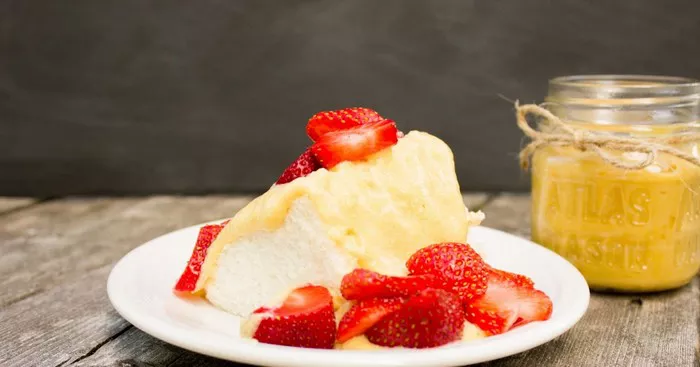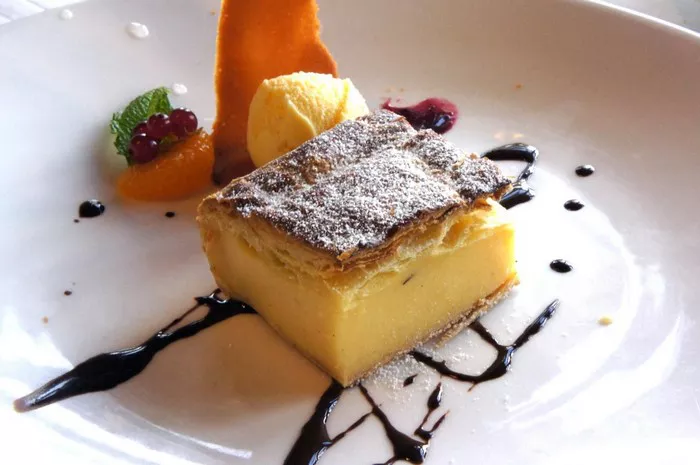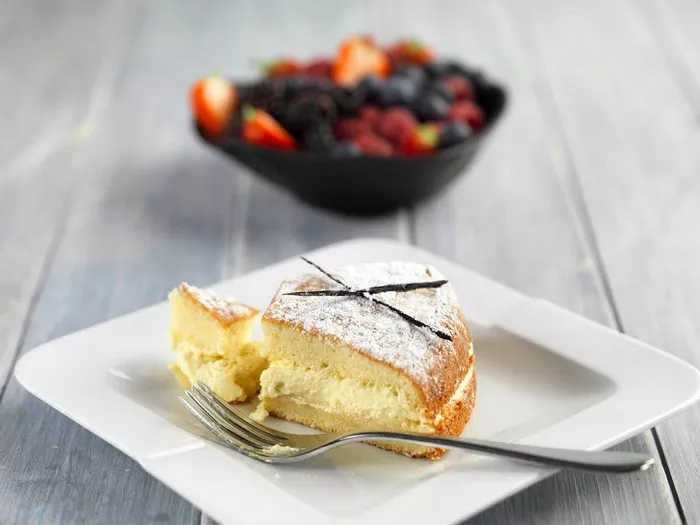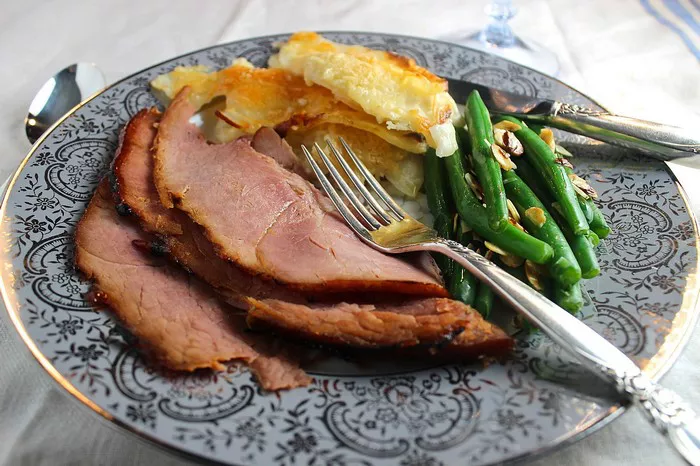For an article on “What Are the Ingredients to Make Flan” with the keyword “make flan,” the most suitable writing style is a step-by-step guide that provides a comprehensive list of ingredients required to make this classic dessert. The article should be informative and easy to follow, ensuring that readers have all the necessary information to prepare flan successfully.
Introduction:
Flan, a luscious and creamy dessert, is a beloved treat in many cultures. Whether you’re a seasoned chef or a novice in the kitchen, making flan is a delightful culinary adventure. To get started, it’s essential to gather all the necessary ingredients. In this article, we will outline the key components needed to create a delicious homemade flan.
Ingredients to Make Flan:
To make flan, you will need the following ingredients:
Sugar: Granulated sugar is used to create the caramelized syrup that lines the bottom of the flan mold. You’ll need about 1 cup of sugar for this purpose.
Eggs: Eggs provide the rich and creamy texture of flan. Typically, you’ll need 4 to 6 large eggs, depending on the recipe and your desired level of richness.
Sweetened Condensed Milk: Sweetened condensed milk adds sweetness and creaminess to flan. A standard can, which is approximately 14 ounces (400 grams), is commonly used.
Evaporated Milk: Evaporated milk contributes to the smooth and velvety consistency of flan. You’ll need one can, usually around 12 ounces (355 milliliters).
Vanilla Extract: Vanilla extract enhances the flavor of the flan. A teaspoon of pure vanilla extract is sufficient.
Optional Ingredients:
While the above-listed ingredients are the basic components of traditional flan, some variations and additional ingredients can be used to create different flavors and textures:
Lemon Zest or Cinnamon: For a hint of citrus or spice, you can add lemon zest or a pinch of ground cinnamon to the custard mixture.
Cream Cheese: Some recipes incorporate cream cheese to make a flan with a cheesecake-like flavor and creaminess.
Coconut Milk: Coconut milk can be used instead of evaporated milk to give your flan a tropical twist.
Fruit Puree: Fruit purees like mango, passion fruit, or pumpkin can be added to create fruit-flavored flans.
Tools and Equipment:
In addition to the ingredients, you’ll need the following tools and equipment to make flan:
Flan Mold or Ramekins: Flan is traditionally made in a flan mold, but you can also use individual ramekins for individual servings.
Saucepan: You’ll need a saucepan to caramelize the sugar for the syrup.
Whisk or Blender: A whisk or blender is essential to mix the custard ingredients thoroughly.
Baking Pan: You’ll need a larger baking pan to create a water bath for baking the flan.
Aluminum Foil: Aluminum foil is used to cover the flan mold or ramekins during baking.
Conclusion:
Now that you know the essential ingredients required to make flan, you’re ready to embark on a culinary journey to create this delectable dessert. Remember to gather all the ingredients and equipment before starting, and follow a trusted flan recipe for best results. Whether you’re making classic flan or experimenting with flavor variations, the creamy and sweet outcome is sure to be a crowd-pleaser.
FAQs about making flan:
1. What is flan, and where does it originate?
Flan is a creamy caramel dessert with a smooth custard-like texture. It has its origins in various cultures, including Spain, Mexico, and Latin America.
2. What gives flan its caramel flavor and color?
The caramel flavor and color in flan come from caramelized sugar, which is made by heating granulated sugar until it melts and turns into a golden-brown syrup. This syrup lines the bottom of the flan mold and becomes the top when the dessert is inverted for serving.
3. Can I use brown sugar instead of granulated sugar for the caramel?
While granulated sugar is traditionally used for the caramel in flan, you can use brown sugar for a slightly different flavor profile. Brown sugar will impart a subtle molasses-like taste to the caramel.
4. Are there healthier alternatives to sweetened condensed milk and evaporated milk in flan?
If you’re looking for a lower-fat or lower-sugar option, you can explore substitutions like low-fat evaporated milk or unsweetened condensed milk. Keep in mind that these substitutions may affect the flavor and texture of the flan.
5. How do I prevent air bubbles in my flan?
To minimize air bubbles in your flan, gently tap the filled flan mold or ramekin on the countertop to release any trapped air before baking. You can also strain the custard mixture through a fine-mesh sieve before pouring it into the mold.
6. Can I use a water bath for baking flan, and why is it necessary?
Yes, a water bath, also known as a bain-marie, is crucial for baking flan. It helps distribute heat evenly and prevents the custard from overheating or curdling. The water bath also helps the flan cook gently and achieve its signature silky texture.
7. How long should I let the flan cool before unmolding it?
After baking, allow the flan to cool in the mold for at least an hour at room temperature. Then, refrigerate it for several hours or overnight to ensure it sets properly. When ready to serve, run a knife around the edge of the mold and invert it onto a serving plate.
8. Can I make flan in advance?
Yes, flan can be made in advance, making it a great dessert for gatherings. It’s often recommended to refrigerate flan for at least a few hours or overnight before serving to allow it to set and develop its flavors.
9. Are there variations of flan, such as fruit-flavored or chocolate flan?
Absolutely! Flan can be adapted in various ways. You can add fruit purees, like mango or passion fruit, to create fruit-flavored flans. For a chocolate twist, you can incorporate cocoa powder or melted chocolate into the custard mixture.
10. Can I make flan without eggs for a vegan version?
Yes, there are vegan flan recipes that use egg substitutes like silken tofu or agar-agar. These alternatives provide a similar creamy texture without using eggs or dairy products.
























